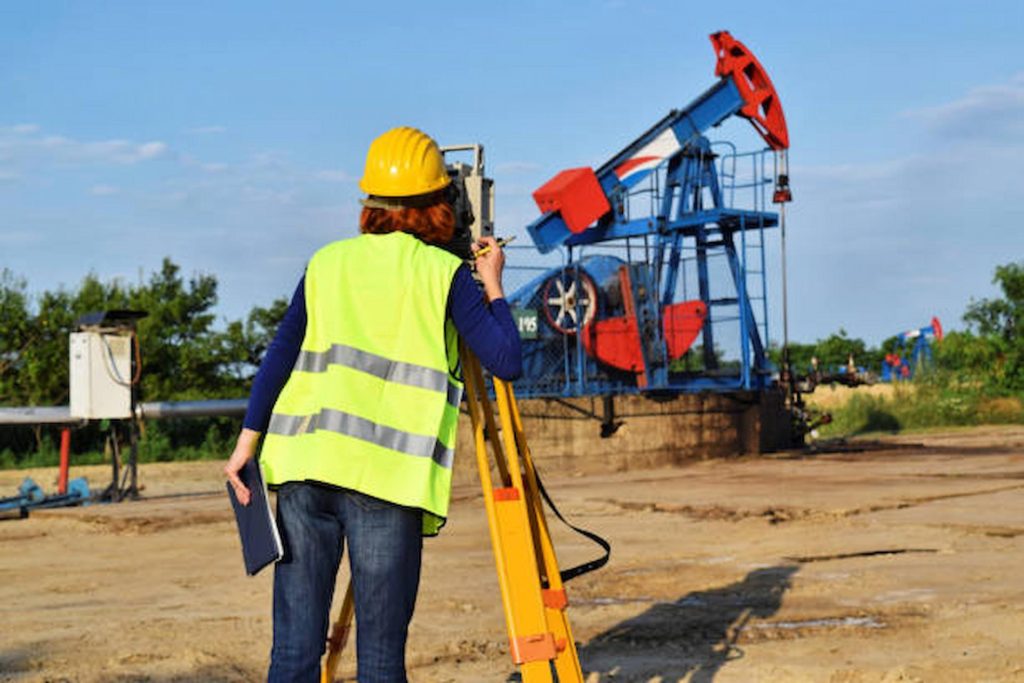Delivering Developments With Environmental Monitoring

Construction and development planning can take a lot of bandwidth; making sure that the building will be fit-for-purpose and meet business needs often takes the focus, while the real impact of operations can drop into second place. It’s easy to see how this can happen; with financial investment in the project so critical, it can be easy to overlook measuring details of how things will be on site. Environmental monitoring is the straightforward and cohesive way in which to gather, analyse and assess data in order to maintain progress on projects.
In recent decades the focus on considerate construction means that importance of monitoring sites for environmental impact is now part and parcel of many projects.
Ensuring Continuity With Environmental Monitoring
Environmental monitoring can be instrumental in maintaining business-as-usual delivery across a construction project. Rather than slowing work on a building site down, it offers a layer of scrutiny that can be critical to keeping work constant. When securing planning permission from local authorities, ensuring that a development won’t jeopardise the wellbeing of residents and business owners already in the area is key.
Many local authorities stipulate what they consider to be acceptable levels of noise, vibrations and dust and produce their own codes of practice. Construction companies and developers will have to demonstrate that they are operating within these guidelines. This will require the collection of data, which should be factored into your overall project budgeting.
Smart Environmental Monitoring
Collecting data can be done with the use of smart technology which can be easily installed and implemented around your construction site. Sending a continuous feed of information on dust, vibration and noise to the cloud, the data gathered can be used to navigate potentially expensive hold-ups by locals who might find the upheaval connected with your construction too much to endure.
Quick and easy reporting is able to demonstrate not only how you have been able to remain within the constraints of local planners, but it might even afford you the opportunity to make changes and meet locals in the middle. Taking extra care to be considerate will work well for your project and for your brand.
Future Proofing Your Investment
Environmental monitoring will also seamlessly measure the vibrations that travel through the ground. These include surface waves, bulk longitudinal waves and transverse waves. Ground vibration, measured in terms of Peak Particle Velocity (PPV), assesses mm/s to understand the impact that activity is having on the local area. While this is important for existing buildings in the area, from the point of view of safety and subsidence, it can also be measured to ensure that your plans can be executed as required.
Ground vibrations can have an impact on local buildings that can be viewed obviously above ground, but they are also important in terms of the soil and watercourses that are under the surface. As well as playing a key role in development with reduced disturbance, it is useful to make sure that your construction does not impair the ground around you during your own building.

